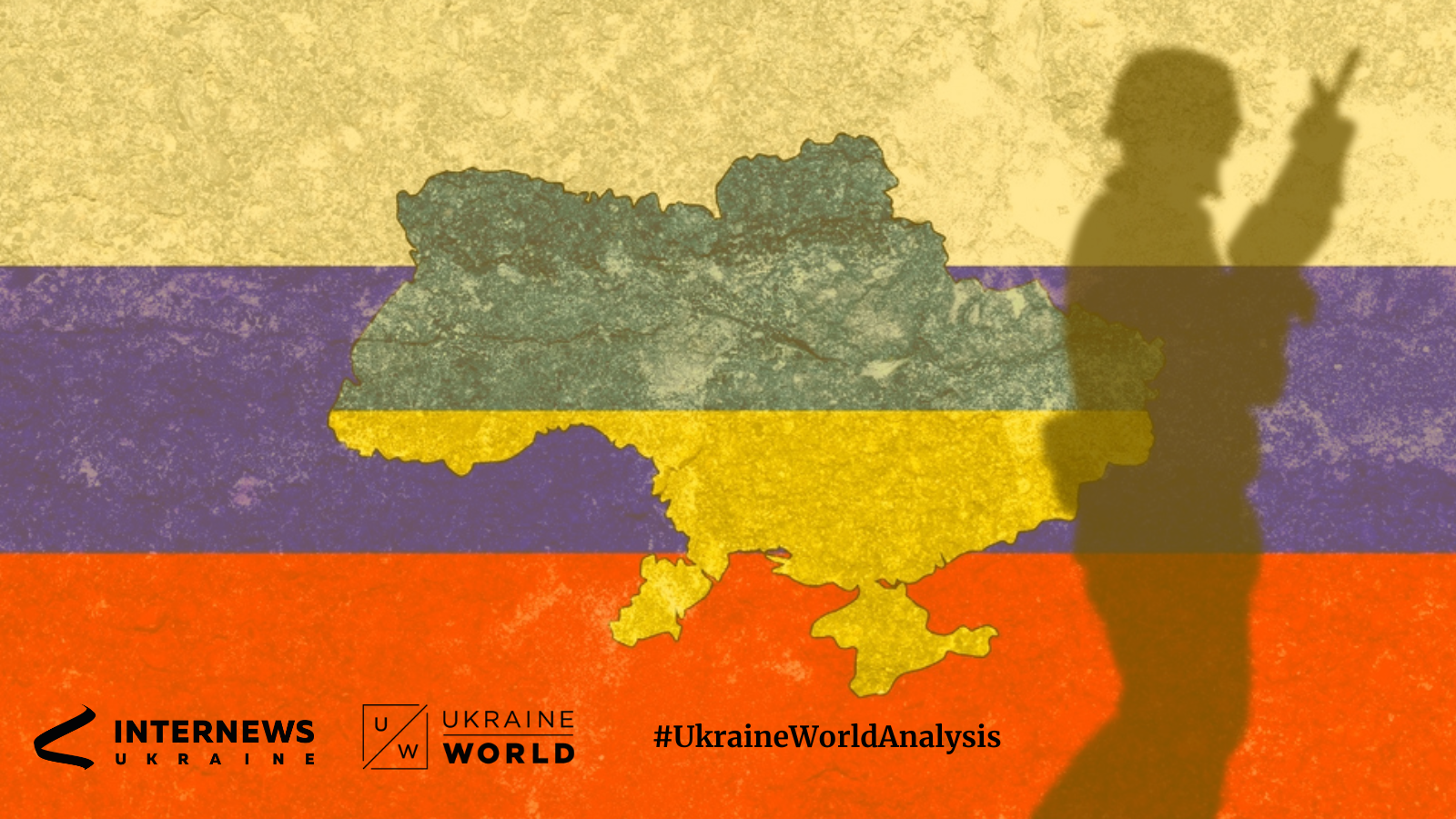What is the current situation on the frontlines of the Russia-Ukraine war? UkraineWorld spoke to Oleksandr Musiienko, Director of the Center for Military and Legal Research.
Key points – in our brief, #UkraineWorldAnalysis:
1. On the Ukrainian counteroffensive in the Kherson Oblast
- The current strategy of Ukrainian Armed Forces in Kherson Oblast is to weaken the logistical potential of the Russian military and limit its ammunition supply;
- Ukrainian artillery already has every bridge across the Dnipro River in Kherson Oblast within range and locked in. In addition, Ukrainian forces have been striking the approaches leading from Crimea to Kherson Oblast;
- Ukraine has been targeting Russian ammunition depots, which has significantly disrupted Russian logistic capacities, as well as Russian air defense systems to open the skies for Ukrainian military aircraft and drones to operate;
- These tactics have proven effective: the intensity and density the Russian artillery fire in some sectors of the southern frontline have significantly fallen. Russian troops are suffering severe logistical problems;
- Russian troops have occupied the Kakhovka hydroelectric plant. Ukrainian forces are trying to act cautiously in Nova Kakhovka in order not to damage the dam: if the dam is damaged, Kherson could be flooded;
- Russian radio conversations, intercepted by the Ukrainian intelligence, show that use of Western MLRSs, including HIMARSs, significantly lowers Russian troops’ morale. Russian soldiers rotated back to Russia are increasingly leaving the military;
- Russian propaganda calling for the capture of Mykolaiv, Odesa and other southern Ukrainian cities does not correspond to the real capacities of the Russian military: it does not have resources for this endeavor.
2. On the military situation in the East of Ukraine
- The Russian offensive on the eastern front is exhausted, especially in Kharkiv Oblast. Some Russian units have lost 30-50% of their personnel;
- In the Izium direction in Kharkiv Oblast, Ukrainian forces have stopped the advance of Russian troops and are undertaking a counteroffensive in some sectors of the eatern frontline, even though 2 months ago, Russia’s elite units were making intensive offensive efforts in the Izium direction;
- In the Sloviansk direction in Donetsk Oblast, the Ukrainian military has also stopped the Russian offensive. Russians still continue to conduct artillery and missile strikes against Ukrainian forces along the front, but they are not able to advance;
- In the Siversk direction in Donetsk Oblast, Russians are trying to advance from Lysychansk, but Ukrainian forces are repelling all Russian attacks;
- The Bakhmut direction in Donetsk Oblast is the only place on the eastern front where Russia has been having some tactical success. Russian troops are trying to advance there to Bakhmut, Avdiivka and Pisky. Currently, there are heavy battles in that sector.
3. On the Russian offensive in Kharkiv Oblast
- Russia is not able to capture Kharkiv. The Russian military failed to seize the city at the beginning of the full-scale invasion (in February-March) and after they redeployed their forces from the North of Ukraine to the Kharkiv front (in April-May);
- Russia’s aim in Kharkiv Oblast is to pin down Ukrainian forces so that they are unable to cut the supply of Russian troops in the Izium direction;
- Since Kharkiv Oblast borders Russia, Russian forces have some advantages: they can easily maneuver, transfer their troops and supply them with ammunition. In addition, Ukrainian forces are forbidden from striking ammunition depots in Russian territory using Western weapons.
4. On the possible invasion of the Belarussian army
- Belarus is constantly performing military maneuvers near the Ukrainian border, inspecting the combat readiness of its forces, and conducting aerial reconnaissance activities. Russia has been using Belarusian territory for missile and aircraft attacks against Ukraine;
- Still, it is not likely that Belarus will cross the border for several reasons: 1) Ukraine has strengthened its northern border since the beginning of the invasion, 2) Belarussian dictator Lukashenko does not have confidence in his officers, who may refuse to follow his orders or turn against him, 3) the Belarussian military is not strong enough to carry out tasks which the Russian military failed to accomplish.
5. On the weapons Ukraine needs to be supplied under the Lend-Lease program
- It is important that Lend-Lease meets the following needs of the Ukrainian military: 1) aircraft, attack and reconnaissance drones, 2) tanks and armored vehicles, 3) artillery, especially MLRS, like HIMARSs and M270, and a lot of ammunition.
This material was prepared with financial support from the International Renaissance Foundation.

